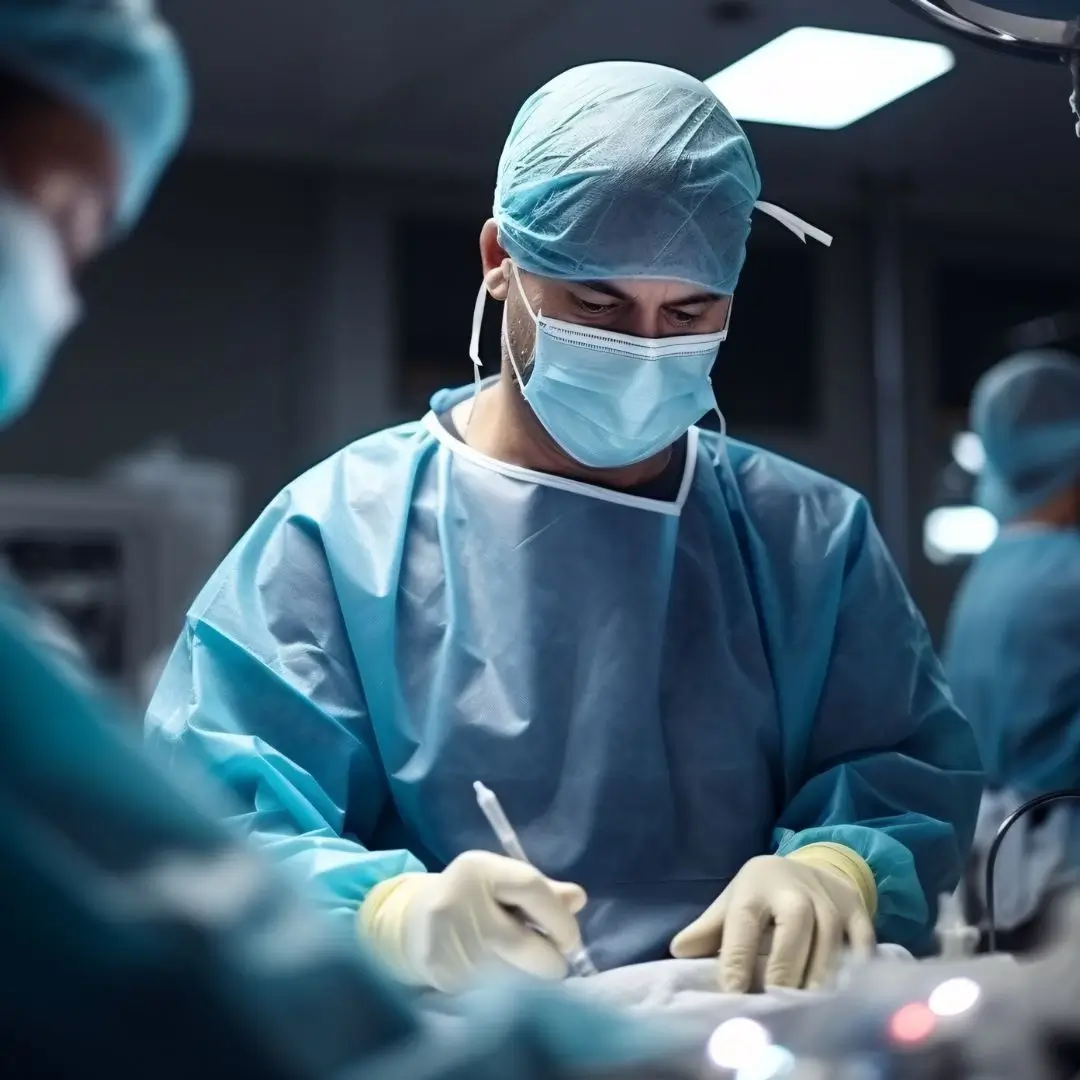Frequently Asked Questions
A liver biopsy is a medical procedure where a small sample of liver tissue is removed for examination.
It is done to diagnose liver diseases, assess liver damage, or monitor treatment effects.
A needle is inserted through the skin into the liver to collect a tissue sample, usually under local anesthesia.
Patients may feel brief pain or discomfort during and after the procedure.
Risks include bleeding, infection, pain, and, rarely, injury to nearby organs.
Preparation includes fasting, stopping certain medications, and informing your doctor about bleeding disorders.
The procedure usually takes 15 to 30 minutes.
Patients are monitored for a few hours for complications and advised to rest for 24 hours.
Results typically take several days as the tissue is examined under a microscope.
Yes, it can help diagnose liver cancer or rule out other liver conditions.
Usually, it is an outpatient procedure, but some patients may need observation.
Non-invasive tests like FibroScan and blood tests may be used but biopsy remains the gold standard.
It is recommended to avoid driving for 24 hours post-procedure due to sedation effects.
Severe abdominal pain, heavy bleeding, fever, or difficulty breathing require urgent care.
Patients with blood clotting disorders or severe liver failure may not be suitable candidates.

